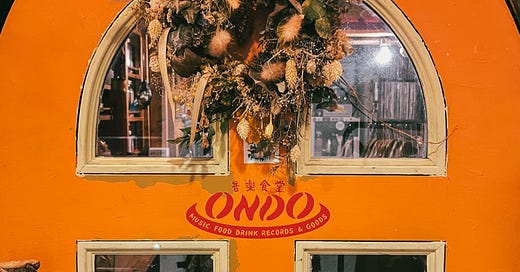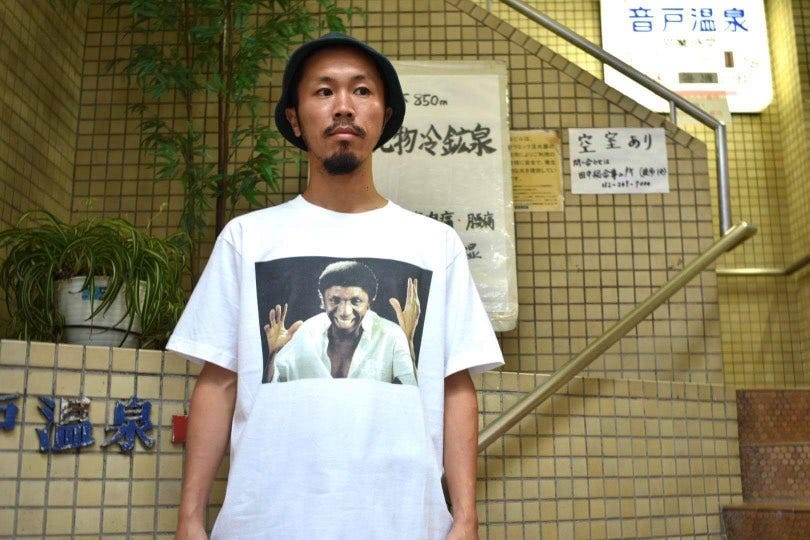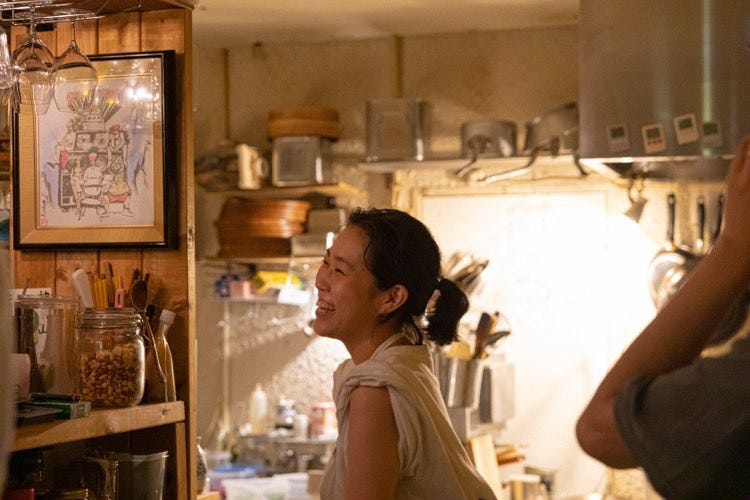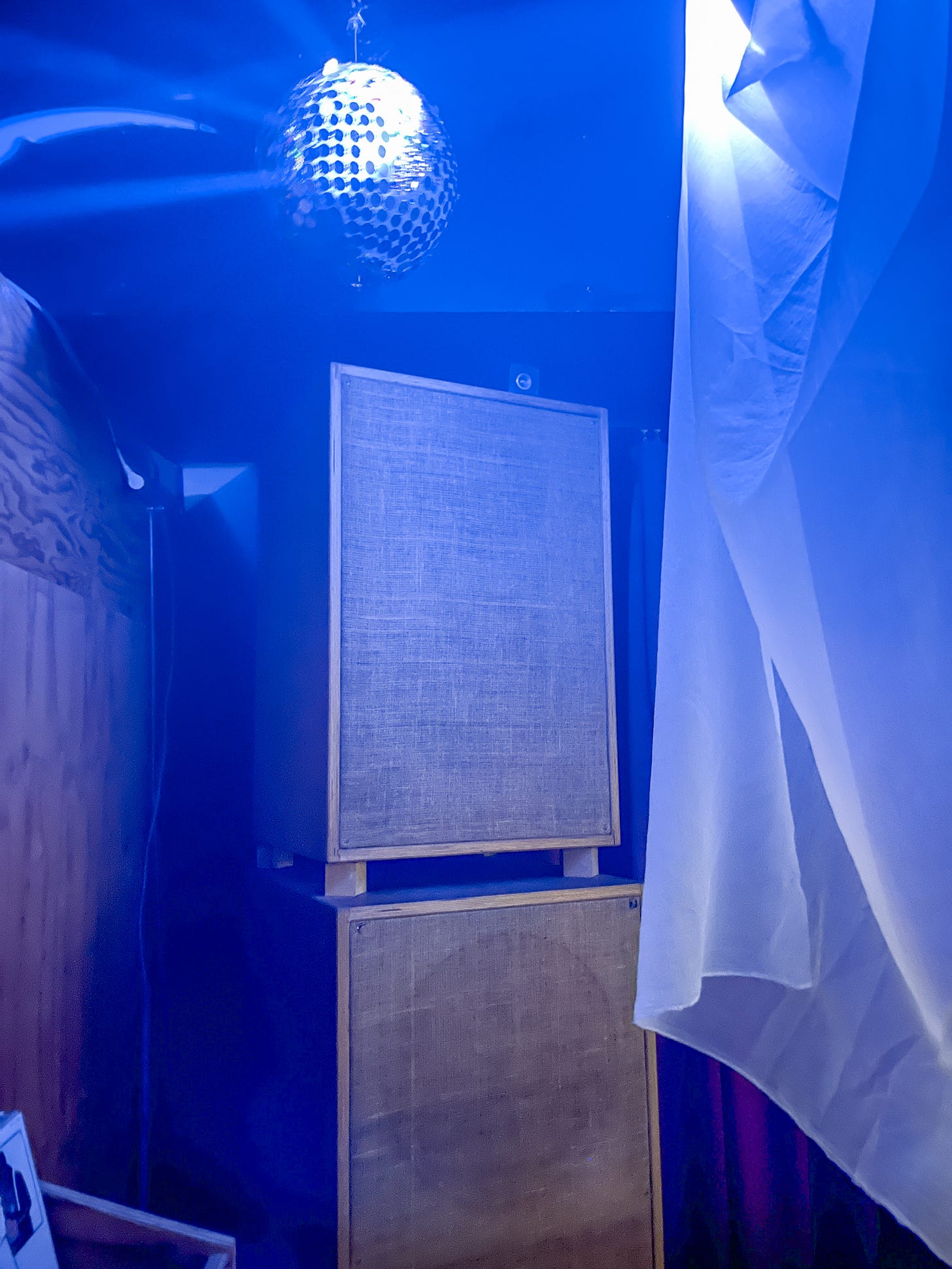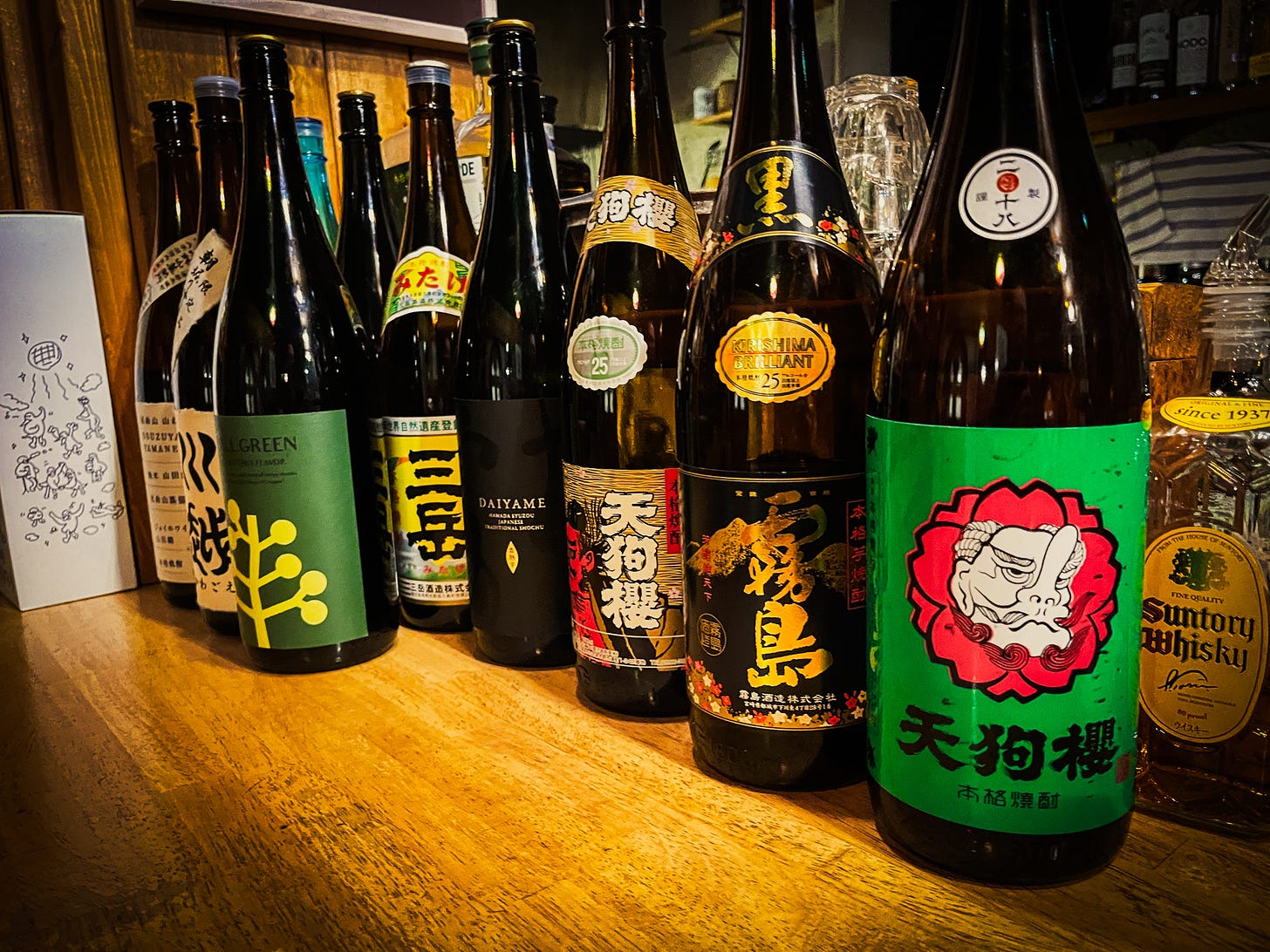♨️ Underneath the City: The Spirit Behind Ondo Ongaku Shokudo
How a once-forgotten show pub in a self-made onsen became Hiroshima’s most soulful listening diner.
The story of Ondo Ongaku Shokudo begins with a hole in the ground.
Back in 1972, a man named Mr. Yoshikazu Yoshimura set out to dig a hot spring under the dense streets of Hiroshima. He ran a typical Sentō (public bath), a cornerstone of Japanese daily life—functional, familiar, modest. But something in him believed there was more. For twelve years, he kept digging, despite ridicule and multiple financial collapses. Locals laughed and called him crazy. Yet in 1984, at 850 meters below the surface, he hit geothermal gold. He found an onsen.
This belief in doing the impossible left a mark on the building that now carries that legacy: the Ondo Onsen Building. Years later, Satoshi Moriwaki, the founder of Ondo Ongaku Shokudo, would become part of that same story. The onsen, now run by the original digger’s son, had become part of Satoshi’s daily rhythm. Every day before his shift, he would soak there. And one day, walking past the quiet, closed basement space that once housed a Filipino show pub, he noticed a hand-written "For Rent" sign. Mirrored walls. Velvet sofas. An old stage. It was strange, enormous, and totally empty.
He said yes.
You were in Tokyo for a good while, fully immersed in the DJ scene. What prompted your return to Hiroshima and the idea of opening Ondo?
Satoshi: After five or six years in Tokyo, I started seeing this shift. It felt like a move away from the intense club scene towards more mixed-culture spaces that played very curated music or what people called "DJ bar" here in Japan. I was really drawn to the high degree of freedom and the diverse, even weird music played in these DJ bars, which was a contrast to the more mainstream environments. I believed Hiroshima lacked such a space, so I returned with the clear intention of creating a similar "Music Diner" (Ongaku Shokudo).
A Music Diner—both food and sound from the beginning. What was the vision for the space, and how did the food side take shape?
Satoshi: From day one, it was about blending music and food seamlessly. Not a club, but something more casual and alive. Ayumi, who runs the kitchen, had always dreamed of opening a cafe. She makes everything by hand—our bacon, our meatloaf, all from scratch. We started out with ambitious set meals, but it was hard to keep up with just a few of us, so we adapted to a smaller daily menu with a few set meals. Her cooking style and my music philosophy both value craftsmanship and care. That connection is important.
The sound system at Ondo is something else. Can you tell us about it?
Satoshi: It was built by Saiko Onkyo, a crew from Himeji known for building sound systems often praised by reggae artists who visit Japan such as JAH SHAKA and ABA SHANTI-I. Usually, their builds are very rugged, but I asked for something softer, something that felt right inside a diner. They made us a beautiful wooden system covered in hemp cloth. I also use vintage Urei1620 mixers from the '80s. I love their warm tone.
Let’s talk about the building. The Ondo Onsen Building has quite a backstory, doesn’t it?
Satoshi: Yeah, it’s kind of amazing. The original owner spent 12 years digging a hot spring in the middle of the city. People thought he was insane. But he kept going. When the onsen finally opened in the '80s, it was huge—lines around the block, news coverage, everything. My mom was classmates with his son, who now runs it. She told me stories about people calling his dad "the weird guy digging a hot spring." That spirit stuck with me. And now I go there every day before work. It's part of my rhythm.
You’ve been running Ondo for ten years now. What have you learned, especially in terms of community and change?
Satoshi: I’ve learned that nothing lasts forever: good times, people, support. The initial wave of excitement fades after a few years. To endure, you need to evolve and stay grateful. Ondo isn’t about quick profits. Places like Hiroshima’s Bar Edge (30 years) and Tokyo’s Grassroots (25 years) inspire me. They’ve become life’s work for their owners, built on values, not just economics.
In the early days, I was very selective, maybe even rigid, about who I invited to play. I mostly brought in friends from Tokyo who shared my taste. However, after a decade, particularly influenced by the COVID-19 pandemic, my perspective broadened. I realised that relying solely on my own values was unsustainable, and my own musical tastes expanded. This inclusivity has fostered connections with diverse individuals and led to a greater variety of events at Ondo's, including genres like Anisong and Anikura (anime club music), which I now genuinely appreciate.
How does Hiroshima feel to you now, having returned from Tokyo?
Satoshi: It used to feel like I was an outsider in my own hometown. People looked at me like, "Oh, the guy who came back from Tokyo." But I learned not to push my "cool" ideas on a place that already had deep roots. Community takes time. You have to show you love the town. Once you do, the bond is strong. Hiroshima is beautiful.
What’s next for Ondo? What’s the future you imagine?
Satoshi: Just to keep making people feel good here. That’s it. Improving the sound, creating an atmosphere where people can relax, recharge, and leave ready to take on tomorrow. I want Ondo to be a cultural touchstone, a place where friends’ kids might someday come for a drink. A place to return to. Always.
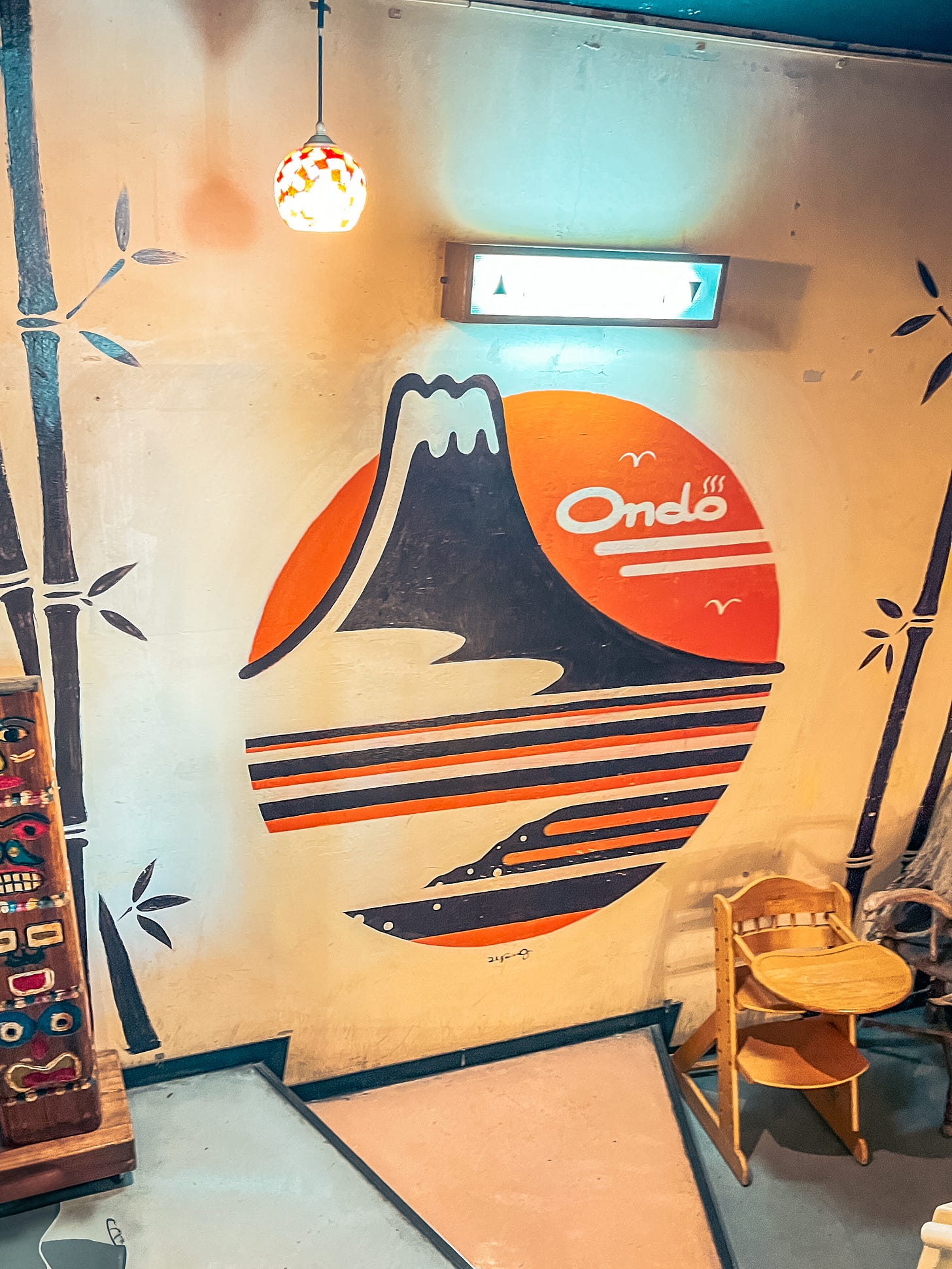
💡 Paid subscribers perk:
In addition to June’s Bandcamp discount, we’ve also got something special this month—an exclusive mix by Satoshi, recorded just for our Substack audience. It’s a Japanese-music-only selection that reflects exactly the kind of sounds you’d hear at ONDO’s diner.
Keep reading with a 7-day free trial
Subscribe to Time Capsule to keep reading this post and get 7 days of free access to the full post archives.

